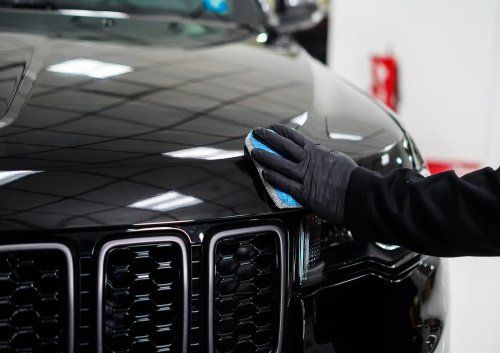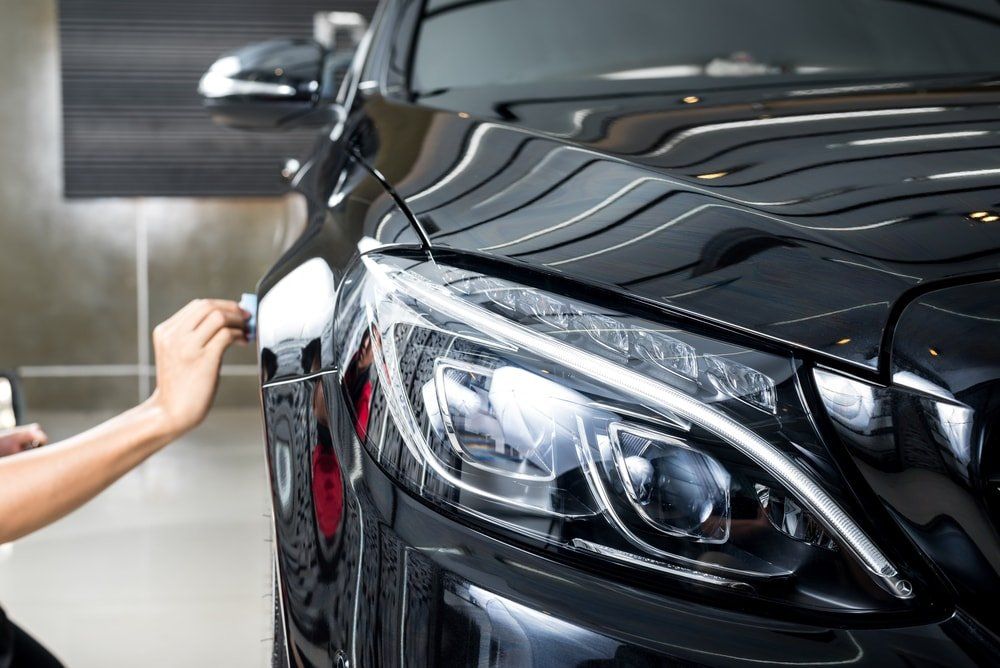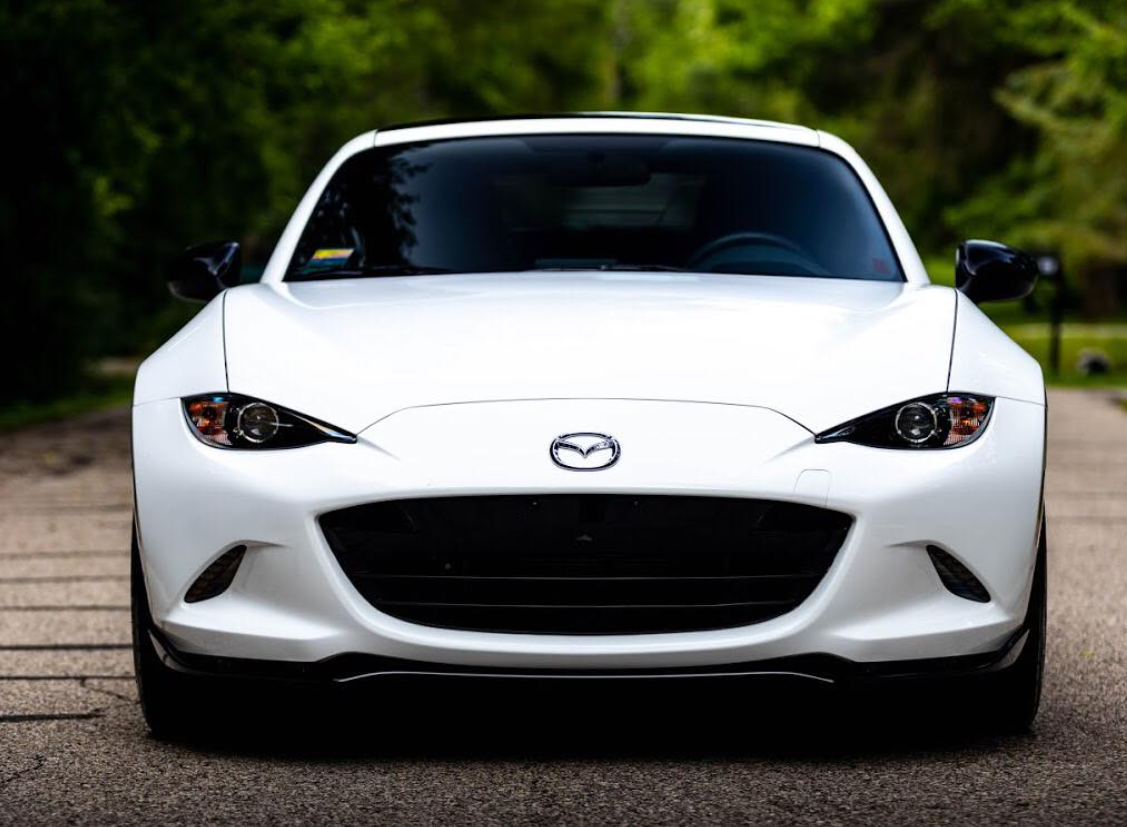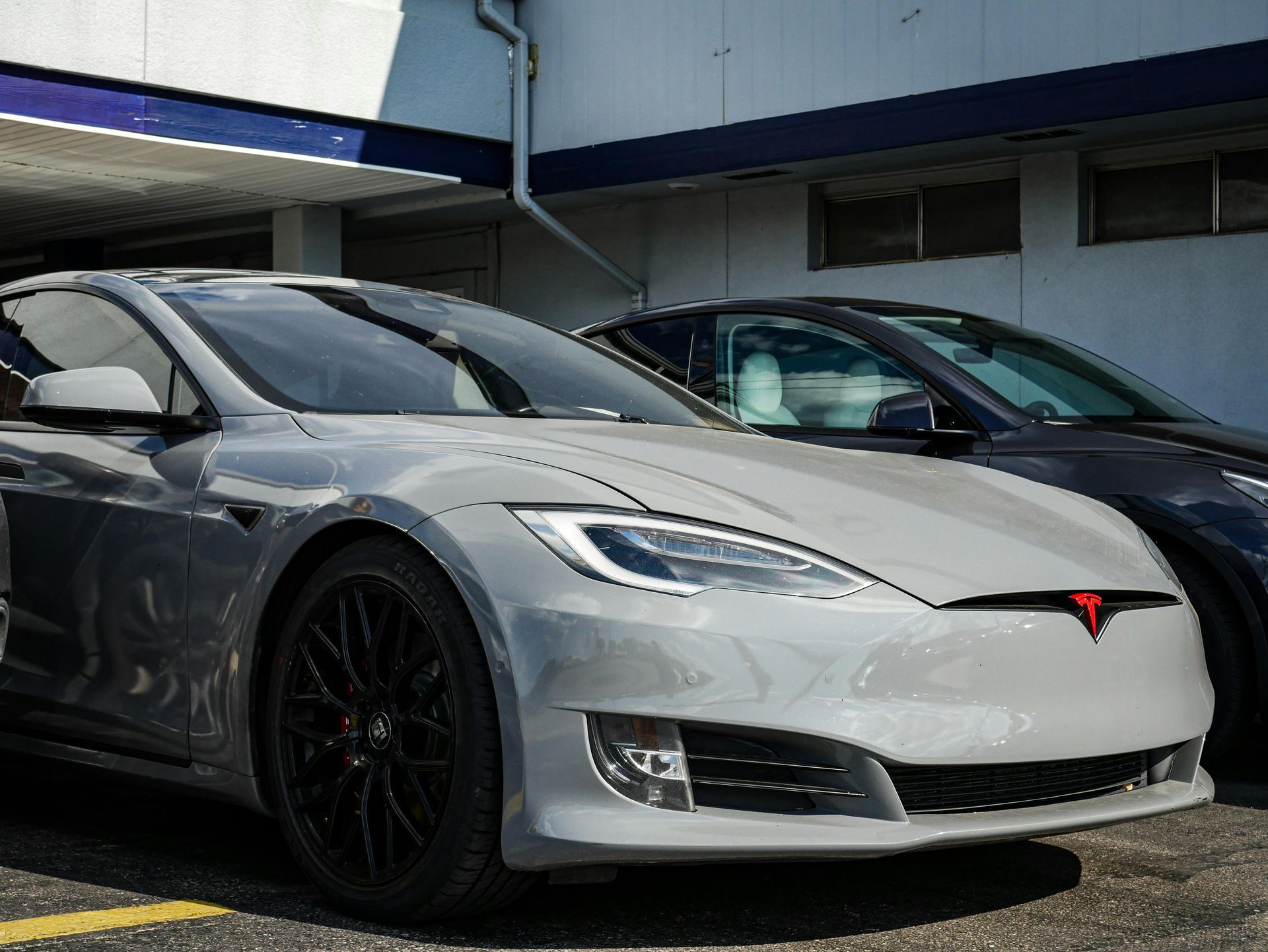Ceramic coatings, while effective, are not the magic shield that some believe them to be. They can indeed protect your car against environmental contaminants but they do not make it immune to scratches. While they offer significant UV protection, keeping your car's paint from fading under the sun, they aren't a foolproof method for maintaining your vehicle's appearance. Sure, your car might thank you for the extra layer of protection from the harsh sun rays and other environmental and chemical damage, but don't expect it to come out unscathed from a key scratch or minor fender bender.
One common myth about ceramic coatings is that they make a car scratch-proof. The truth is that while ceramic coatings provide resistance against environmental contaminants, heavy impacts or sharp objects can still leave scratches. Another myth is that all vehicles benefit equally from ceramic coating, but in reality, the benefits vary depending on the type of vehicle and its typical usage patterns. Understanding these myths can help users make informed decisions about protecting their vehicles.
Debunking Ceramic Coating Myths
When it comes to ceramic coatings, several myths have led to misconceptions about their capabilities. Let's uncover the truth behind each one.
Myth #1: Ceramic Coatings Make a Car Scratch-Proof
It's a common misconception that ceramic coatings provide a shield against all types of scratches, making cars impervious to any damage. However, the truth is that while ceramic coatings do offer resistance against light scratches and swirl marks, they do not render the vehicle scratch-proof. Heavy impacts or sharp objects are still capable of leaving scratches on the coated surface. While ceramic coatings provide added protection against environmental and chemical damage, they are not failsafe against all forms of damage.
Myth #2: All Vehicles Benefit from Ceramic Coating
Another prevalent myth pertains to the universal benefits of ceramic coating, leading many to believe that all vehicles will experience the same level of advantages from its application. The reality is quite different; benefits vary depending on the type of vehicle and its typical usage patterns. While some vehicles may see significant improvements in durability and shine after the application of ceramic coatings, those used for off-roading, frequent long-distance travel, or in extreme weather conditions may experience lesser advantages.
Myth #3: Ceramic Coating Eliminates Maintenance
There is a common misconception that applying a ceramic coating makes cleaning a vehicle significantly easier. While it's true that ceramic coatings repel dirt and water to some extent, reducing the effort required for regular maintenance, it does not eliminate the need for regular washing. Despite its water-repellent properties, residual dust and grime may still accumulate on the surface over time, necessitating periodic cleaning to maintain the vehicle's appearance.
Myth #4: Ceramic Coating Provides Extreme Heat Resistance
A prevalent myth surrounding ceramic coatings revolves around their purportedly extreme heat resistance properties. While it's true that ceramic coatings offer significant heat resistance, which can help protect the vehicle's exterior from moderate levels of heat exposure, it's essential to understand that they have their limits. Proper care and maintenance around extreme heat sources are necessary to prevent potential damage to the coating.
Debunking these myths sheds light on the actual capabilities of ceramic coatings, empowering consumers to make informed decisions when considering car care options. Clarifying these misconceptions enables car owners to better understand the advantages and limitations of ceramic coatings, aiding them in maintaining their vehicles effectively.
The Reality of UV Protection in Ceramic Coatings
The sun can be both a blessing and a curse for your vehicle's paint. While it gives your car that warm, inviting look, it can also cause long-term damage such as fading and oxidation when exposed to sunlight for extended periods. This is where the UV protection offered by ceramic coatings comes into play—it acts like a shield, not only preserving the glossy appearance of your vehicle but also safeguarding it against gradual deterioration caused by UV rays. Advanced formulas are used to make ceramic coatings that are specifically designed to protect against UV rays. These formulas use new ingredients, like SiO2 molecules, to create a durable barrier against harmful solar radiation. This molecular-level defense effectively blocks out UV rays, preventing them from penetrating and causing damage to the underlying layers of paint.
In practical terms, this means that vehicles treated with ceramic coatings are better equipped to resist the detrimental effects of prolonged exposure to sunlight. Whether your car is parked outdoors or you reside in a region known for intense sun exposure, the UV protection provided by ceramic coatings plays a pivotal role in maintaining the aesthetic appeal and structural integrity of your vehicle's paintwork. Consider a scenario where two identical cars are parked side by side—one coated with ceramic protection and the other without. Over time, the uncoated car may show signs of color fading and surface degradation due to prolonged exposure to UV rays, whereas the one treated with a ceramic coating retains its luster and vibrant color thanks to the protective shield provided by the coating.
In the end, the UV protection that ceramic coatings offer isn't just a marketing gimmick; it's a real layer of defense that helps maintain your vehicle's appearance and shields it from the harsh effects of prolonged sun exposure.
Ceramic Coatings and Car Durability Enhancements
The protective qualities of ceramic coatings extend far beyond maintaining the shine of your vehicle. By creating a robust barrier over your car's paint, these coatings serve as a shield against harmful chemicals, bird droppings, and various environmental contaminants. This layer of defense helps prevent these elements from causing permanent damage to your car's exterior, ultimately contributing to its overall durability and longevity. Picture this: your car is parked outside on a sunny day, and a bird decides to leave you an unwanted present. With a ceramic coating, you have a much better chance of preventing the bird droppings from etching into the paintwork than without it. Additionally, should your car be exposed to harsh environmental contaminants or acidic substances, the long-term effects on the outer surface are significantly reduced when protected by a ceramic coating.
Additionally, a ceramic coating significantly lessens the long-term effects on the exterior of your car should it come into contact with harsh environmental contaminants or acidic substances. Now, some may argue that regular waxing achieves similar results. However, unlike traditional wax applications that serve as a temporary layer of protection, ceramic coatings provide a longer-lasting safeguard that stands up to frequent exposure to damaging factors. Plus, they don't require the same frequency of reapplication as wax does. Just like wearing sunscreen shields your skin from harmful UV rays, a ceramic coating acts as a protective barrier between your car's paint and external pollutants. It's like giving your vehicle an invisible suit of armor to battle against the elements. By investing in a ceramic coating for your vehicle, you're not only taking proactive steps to maintain its visual appeal but also prioritizing its long-term durability and minimizing future detailing needs.
The Application Process of Ceramic Coatings
Applying a ceramic coating is like preparing and cooking a gourmet meal; patience, precision, and attention to detail are crucial. Surface preparation is the first course in this fine dining experience.
- Surface Preparation: Before diving into the application process, it's vital to ensure the canvas is pristine. Just like a painter needs a smooth canvas to work on, a ceramic coating requires a clean and decontaminated surface for proper bonding and performance. This includes washing off any dirt, grime, or leftover wax from previous treatments. Then comes claying, where a special clay bar is used to remove embedded contaminants that regular washing can't eliminate. It may sound like extra effort but think of it as setting the stage for a flawless performance. Without this step, the ceramic coating may not bond properly to the paintwork or may even highlight imperfections that could have been avoided.
- Application Method: Imagine applying icing to a cake; you want it to be even, smooth, and flawless. Similarly, applying ceramic coatings requires control and precision. The environment must be dust-free to avoid any debris interfering with the application process. The coating itself is usually applied using a microfiber applicator or sponge, depending on the specific product's instructions. Working in small sections allows for better control and more consistent coverage. Once applied, it requires meticulous buffing to ensure an even distribution across the surface. Similar to polishing your favorite silverware, this step adds that final touch to achieve a lustrous finish.
Both of these steps are absolutely critical—just like a baker carefully spreads icing on a cake before adding final touches like sprinkles or toppings to enhance its appeal. With these steps complete, your vehicle is poised to shine and stay protected for an extended period of time.
The Limits of Ceramic Coating Protection
Ceramic coatings are truly remarkable in their ability to shield surfaces from a wide array of environmental aggressors. We often sing praises about how they resist heat, prevent water spots, and repel contaminants like nothing else. However, it's crucial to understand that these coatings do have limitations, and it's essential to manage our expectations accordingly.
One of the most vital limitations of ceramic coatings revolves around extreme heat exposure. While they possess strong heat resistance, prolonged exposure to intense heat—such as that from engine bays or exhaust components—can push these coatings to their limits. The ceramic coating is not impervious to extreme temperatures and can degrade over time with constant heat exposure. Consider the internal components of a car's engine or the exhaust pipes. These areas are subjected to extreme heat during regular operation, which can challenge the integrity of ceramic coatings. Over time, they may weaken and lose their protective properties when continuously exposed to such extreme conditions. Therefore, it's important for car owners to understand that while ceramic coatings offer significant benefits, they are not indestructible armor against relentless heat.
Moreover, even though ceramic coatings provide exceptional resistance against environmental contaminants such as dirt, grime, and water spots, they still require consistent care and maintenance to uphold their effectiveness over time. It's not a one-time application that offers everlasting protection; rather, it necessitates periodic attention to maintain its optimal performance. For instance, without regular upkeep and preservation practices, the hydrophobic properties of the coating can diminish over time. This means that the water-repelling prowess that initially made the surface slick and easy to clean can deteriorate if not properly maintained. Hence, while ceramic coatings significantly reduce the effort needed for routine cleaning, they do not eliminate the need for occasional washing and upkeep.
Imagine a beautiful car with a glossy ceramic-coated finish. Without regular washing and maintenance, the once-hydrophobic surface becomes less efficient at repelling water and starts accumulating dirt and grime more readily. This results in diminished protection and compromises the aesthetic appeal of the vehicle. Therefore, while ceramic coatings offer exceptional protection, it's imperative for users to acknowledge their limitations and adhere to recommended care practices to prolong their effectiveness. Consistent maintenance routines, including gentle washing with pH-neutral shampoos and avoiding abrasive cleaning methods, will go a long way in preserving the efficacy of ceramic coatings.
Expert Ceramic Coating Service in Rochester, MN
Experience unparalleled protection and shine with Five Star Automotive Detailing's expert ceramic coating service in Rochester, MN. Our team of skilled professionals is dedicated to providing a durable, glossy finish that safeguards your vehicle against the elements and daily wear. Using the latest technology and highest quality products, we ensure your car looks stunning and stays protected for the long haul. Trust Five Star Automotive Detailing to enhance your vehicle's appearance and durability with our top-tier ceramic coatings. Contact us today to book your appointment and witness the exceptional benefits of our ceramic coating service! Call us at (937) 361-7993 to get started!










